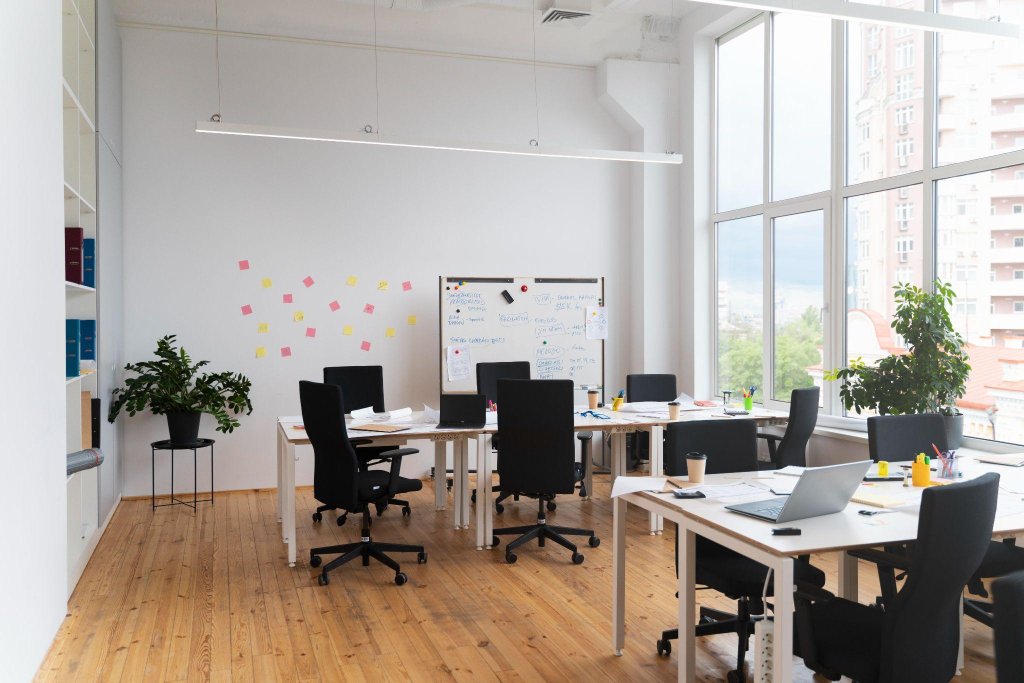Creating a workspace that fosters productivity and efficiency isn’t just about selecting the right furniture or the latest technology; it’s about designing a layout that suits your specific work needs, enhances focus, and promotes well-being. Whether you’re setting up a home office or revamping a corporate space, the layout of your workspace can significantly impact your day-to-day productivity. Here, we provide comprehensive tips to help you design a layout that maximizes productivity and fosters a positive working environment.
Understand Your Space and Needs
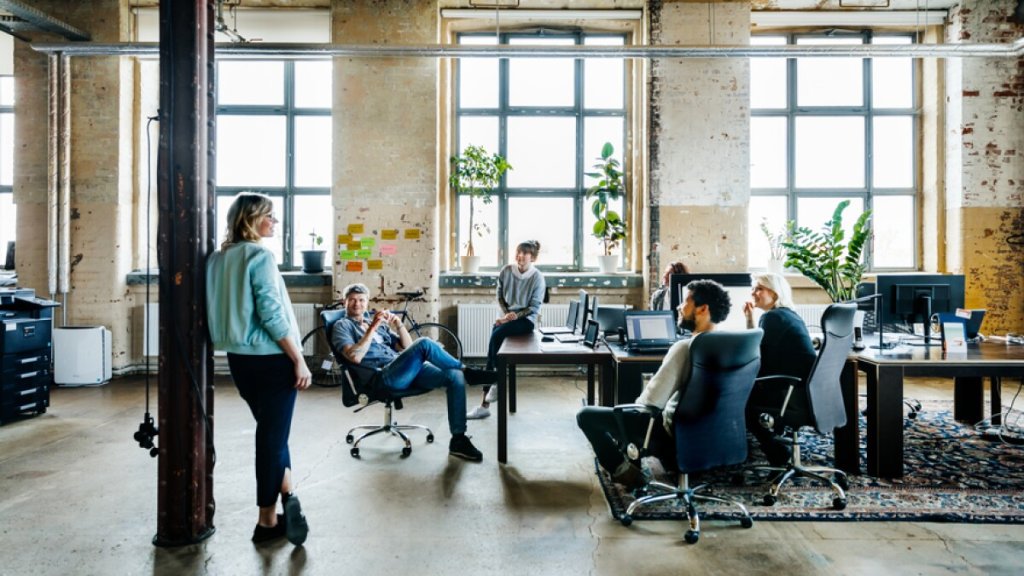
The first step in creating an effective workspace layout is to understand the space you have available and your specific needs. Consider the nature of your work, the equipment you use, and how much storage you require. Do you need multiple monitors? Room for sketching or drafting? Space for meetings? Answering these questions will help you identify the key elements your workspace must accommodate, allowing you to plan a layout that supports your workflow rather than hinders it.
Prioritize Ergonomics
Ergonomics plays a crucial role in productivity. A workspace designed with ergonomics in mind can reduce physical strain, prevent injuries, and increase comfort, which in turn boosts productivity. Prioritizing ergonomics is essential in creating a workspace that not only enhances productivity but also safeguards your health.
Ergonomics, the study of designing equipment and devices to fit the human body, its movements, and its cognitive abilities, plays a pivotal role in how we interact with our workspace. An ergonomically sound workspace aims to minimize strain, reduce the risk of injury, and improve comfort, thereby boosting overall work performance and satisfaction.
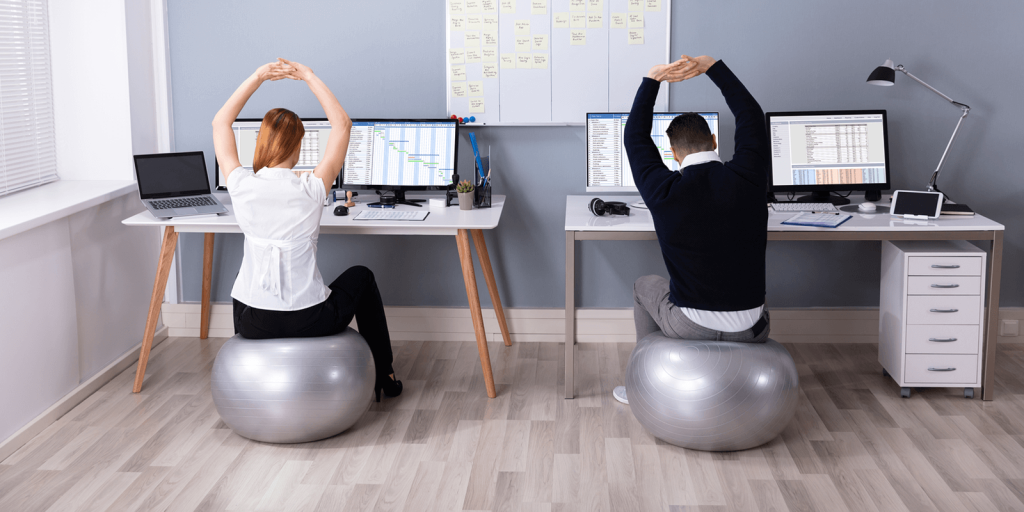
To integrate ergonomics effectively into your workspace, start with the chair. An ergonomic chair supports the natural curve of your spine, offers adjustable seat height and backrests, and provides sufficient lumbar support. This customization ensures that you can sit for extended periods without compromising your posture or experiencing discomfort.
Next, consider the placement of your computer and keyboard. The top of your computer screen should be at or slightly below eye level, helping to avoid neck strain from looking too far up or down. The keyboard and mouse should be positioned so that your elbows are close to your body, your wrists are straight, and your hands are at or slightly below the level of your elbows, preventing repetitive strain injuries.
Desk height is another critical factor; it should allow your feet to rest flat on the floor or on a footrest, with your thighs parallel to the floor. If possible, invest in a height-adjustable desk to easily switch between sitting and standing, encouraging movement and reducing the health risks associated with prolonged sitting.
Incorporating these ergonomic principles into your workspace design not only enhances your immediate comfort and productivity but also contributes to your long-term health and well-being. An investment in ergonomics is an investment in your most valuable asset: yourself. For those in New Zealand seeking to upgrade their workspace with ergonomically designed office furniture, exploring options for office furniture in NZ can be a great start towards creating a healthier, more productive work environment.
Embrace Natural Light
Lighting has a profound effect on our mood, energy levels, and overall productivity. Whenever possible, arrange your workspace to take advantage of natural light. Position desks near windows, but be mindful of direct sunlight that can cause glare on screens. If natural light is scarce, invest in quality artificial lighting that mimics daylight, reducing eye strain and keeping your space bright and inviting.
Minimize Clutter
A cluttered workspace can hinder productivity by making it difficult to find necessary tools and distracting your focus. Implement storage solutions that keep your space tidy and organized. Use shelves, drawers, and desk organizers to store supplies and documents. A clear workspace not only helps you work more efficiently but also contributes to a calmer, more focused mental state.
Foster Movement
Staying in one position for too long can lead to discomfort and decrease productivity. Design your workspace to encourage movement. Consider a sit-stand desk or create zones within your workspace for different activities, such as a standing area for phone calls or a separate space for reading and brainstorming. This not only promotes physical health but also can lead to increased creativity and problem-solving abilities.
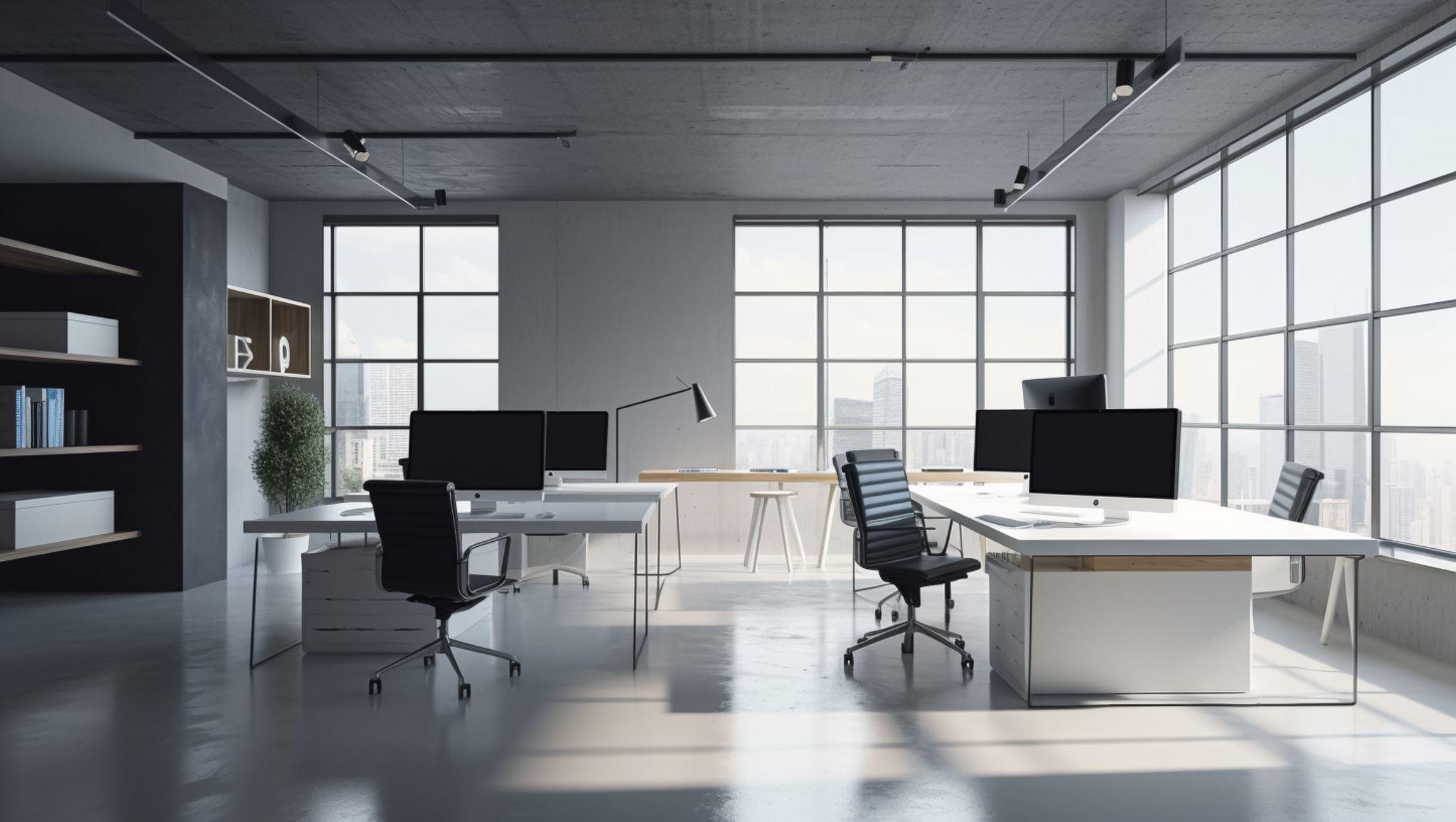
Create Zones
If your work involves diverse tasks, consider creating distinct zones in your workspace for each type of activity. Have a dedicated area for computer work, another for meetings or collaboration, and a quiet space for concentration and creative thinking. This segmentation helps mentally prepare you for the task at hand and allows for a seamless transition between different types of work.
Personalize Your Space
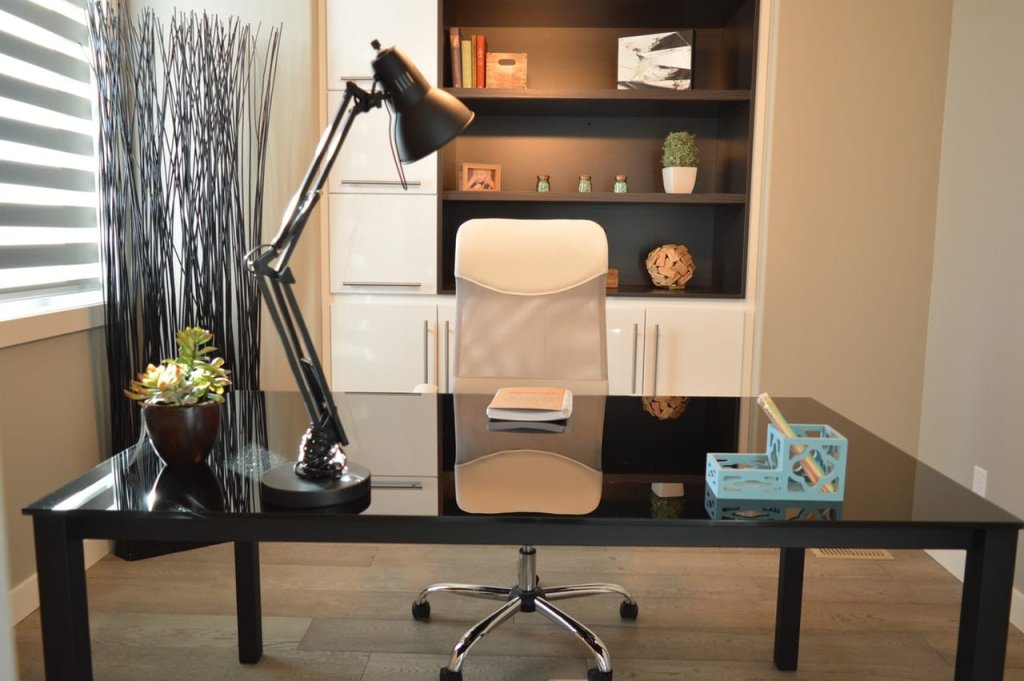
While productivity is the goal, a workspace devoid of personal touches can feel sterile and uninspiring. Incorporate elements that motivate you, whether it’s art, plants, or photos of loved ones. These personal touches not only make your space more pleasant but can also boost your mood and creativity. This element of workspace design goes beyond aesthetics; it’s about forging a connection with your work area, making it a place where you feel comfortable, motivated, and ultimately more productive. Here are key points to consider when adding personal touches to your workspace:
- Incorporate Plants: Adding greenery can boost mood, improve air quality, and enhance concentration. Whether it’s a small succulent on your desk or a larger potted plant by your window, plants bring a refreshing slice of nature into your workspace.
- Display Art and Photos: Hang artwork that speaks to you or photographs of loved ones and memorable moments. These visual cues not only personalize your space but can also serve as a source of inspiration during challenging workdays.
- Choose Inspiring Colors: Colors significantly impact our emotions and productivity. Incorporate accessories or supplies in your favorite colors or those known to stimulate creativity and positivity, like blues, greens, or yellows.
- Lighting Matters: Personalize your lighting with desk lamps that offer a warmer or adjustable light source. This not only adds to the aesthetic but can also reduce eye strain and create a more comfortable working environment.
- Make it Comfortable: Add a personal touch with items that increase comfort, such as an ergonomic cushion, a footrest, or a favorite mug for your coffee. Comfort in your workspace contributes to longer, more productive work sessions.
Personalizing your workspace transforms it from a generic area into a reflection of your identity and work style. This personalized environment not only fosters productivity but also enhances your overall work experience.
Consider Acoustics
Noise can be a significant distraction, reducing concentration and productivity. If you’re in a noisy environment, consider soundproofing options like acoustic panels or noise-cancelling headphones. For open offices or shared spaces, create quiet zones where employees can go to focus on tasks that require deep concentration.
Test and Iterate
Finding the perfect workspace layout isn’t a one-time task; it’s an ongoing process. Be open to testing different arrangements to see what works best for you or your team. Solicit feedback from employees and be willing to make adjustments based on what you learn. Remember, the most productive workspace is one that evolves to meet changing needs and preferences.
Creating a productive workspace is about more than just aesthetics; it’s about designing a space that meets your needs, promotes well-being, and enhances your ability to work efficiently. By considering ergonomics, lighting, clutter, movement, zoning, personalization, and acoustics, you can create a workspace layout that not only looks good but also helps you achieve your best work.

